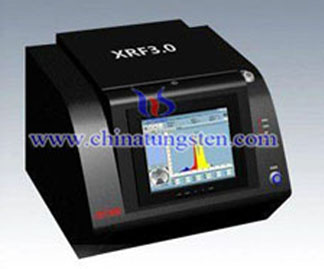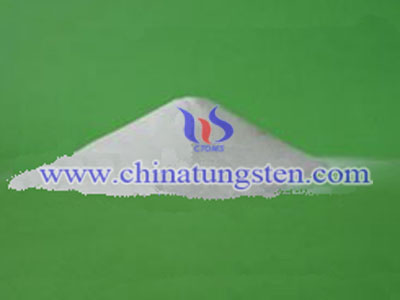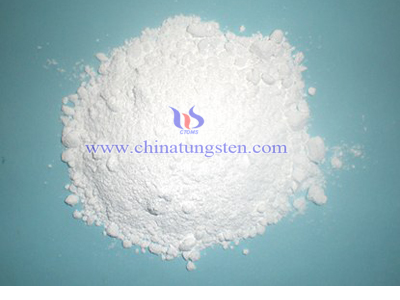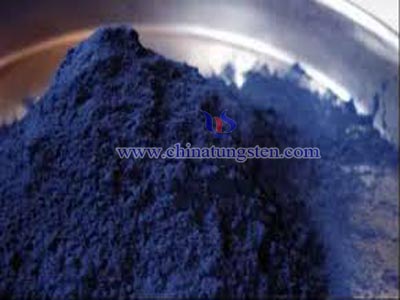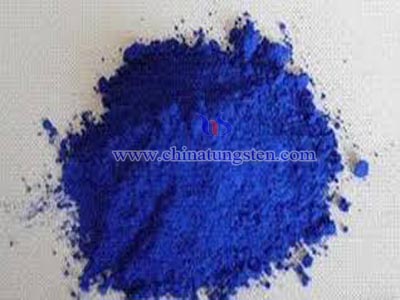Tungstic Acid Detection Method
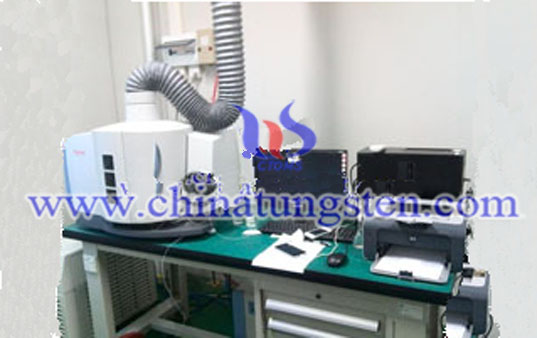
Tungstic acid detection method commonly is through chemical method to detect content of tungsten in tungstic acid, with main testing method of spectrum test, ICP, ICP-MS, ICP-AES and gravimetric method and other methods.
Gravimetric method: Get the tungstic acid heating to dehydration and generate tungsten trioxide (WO3), then occupy the weight of tungsten trioxide with a weighing scale, and finally calculate tungsten content.
Spectral method is using spectroscopic detector to detect a particular element content of a substances, spectral detector is the detector which controlled by stationary semiconductor sealing gas proportional counter microprocessor and to readout circuit.
Inductively coupled plasma spectrometer (ICP-MS) detection principle: when the samples go into the plasma flame, the vast majority of them are immediately decomposed into excited atoms and ions states. When these excited particles back to a stable ground state, they need release some energy (emission spectra for a certain wavelength), determination of spectral line specific to each element and strength, and compared with the standard solution, then we can know the types and contents of elements contained in the sample.
Inductively coupled plasma atomic emission spectroscopy (ICP-AES), also referred to as inductively coupled plasma optical emission spectrometry (ICP-OES), an analytical technique used for the detection of trace metals. It is a type of emission spectroscopy that uses the inductively coupled plasma to produce excited atoms and ions that emit electromagnetic radiation at wavelengths characteristic of a particular element. It is a flame technique with a flame temperature in a range from 6000 to 10000 K. The intensity of this emission is indicative of the concentration of the element within the sample.

